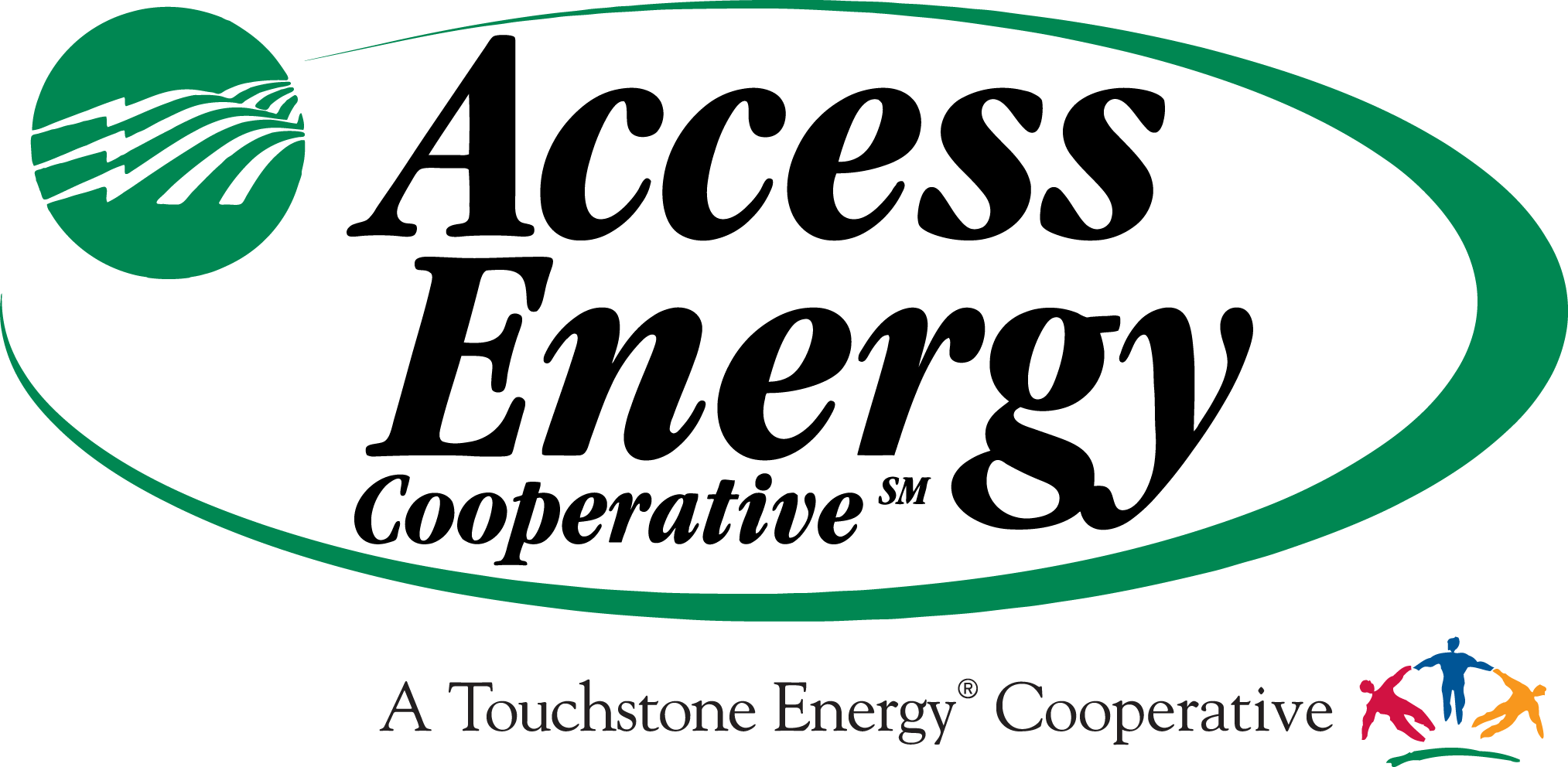Article from Questline
Up to 65% of farm electricity consumption can be attributed to motors, especially in dairy operations. So, motor electricity cost can be a significant expense. Here's how to estimate motor operating cost and minimize those costs through efficiency upgrades, as well as maintenance and operating practices.
Calculating operating cost
Motor operating cost can be estimated using the following formula:
Operating cost = Motor power (kW) x Operating time (hours) x Electric rate ($/kWh)
To estimate motor power in kilowatts (kW) at rated load, use the motor horsepower (HP) and efficiency, which are typically listed on the motor nameplate. Let's use for an example a 30 HP motor at 90% efficiency. Note that one horsepower is equal to 0.746 kW.
Power = HP x 0.746/Efficiency = 30 HP x 0.746/0.90 = 24.9 kW
So, for this motor operating for 3,800 hours a year at an average of 5 cents per kilowatt-hour (kWh), the annual cost would be $4,730.
Annual operating cost = 24.9 kW x 3,800 hours x $0.05/kWh = $4,730 per year
Remember, this is just an example. Substitute your actual motor size, efficiency, power factor, operating hours and electric rate for a more accurate estimate.
Several factors determine the efficiency of motors. The most energy-efficient motors are NEMA Premium certified. Because energy costs represents more than 95% of total unit lifecycle cost, the additional cost for a more efficient motor is usually justified. Also, motors are less efficient at part-load, so proper sizing also plays a role.
Reducing peak demand
You may pay demand charges on your monthly electric bills. Energy companies typically charge for monthly peak demand at a rate of $8 to $12 per kW based on the highest 15- or 30-minute period of average measured power over that time period. The purpose is to lower overall energy demand during peak periods and reduce the strain on the electric grid.
Use the following formula to estimate your peak demand for a motor:
Peak demand charge = Peak demand average (kW) x Demand rate ($/kW)
For the 24.9 kW motor at a peak demand rate of $10 per kW, the charge would be $249 a month.
Peak demand charge = 24.9 kW x $10/kW = $249 per month
Again, this is merely an example. Substitute your motor operating parameters and demand rate for an accurate estimate.
Purchasing a more energy-efficient motor will lower your peak demand a little, but the best way to reduce peak demand is to spread your energy use more evenly throughout the day. This may require delay of afternoon milking or field irrigation.
Motor sizing
The costs of oversized motors go beyond the purchase price. Larger motors draw more power and require more costly control equipment. Oversized motors also run less efficiently, wasting energy and costing you money.
Also, in lightly loaded motors, power factor drops significantly. If your facility is charged for low power factor, that can add to your energy costs. Size the motor as closely as possible to the actual motor power required. Use gear reducers if your existing motors are greatly oversized.
Motor maintenance
Use these maintenance tips to reduce operating costs and increase motor life:
- Keep dust and dirt from building up on motor enclosure
- Lubricate motor bearings if required
- Ensure correct motor shaft alignment
- Check belt tension
- Replace safety guards
For more information, see Energy Efficiency of Electric Motors on the Farm from the Cooperative Extension Service.

